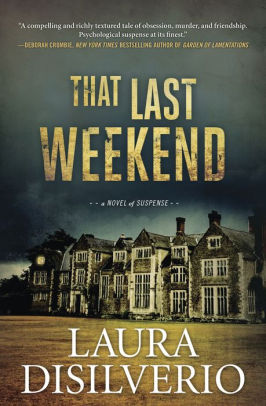Late last year, I read John Green’s The Fault in Our Stars, a YA bestseller about a 16-year-old girl, Hazel,  with terminal cancer and a 17-year-old boy, Augustus, who is in remission from osteosarcoma when the book opens. (Don’t worry, there are no spoilers in this post and I highly recommend you read the book.) I knew going in that the book would be sad. You don’t start off reading a Green book where the two protagonists have cancer, and expect a fairy tale ending.
with terminal cancer and a 17-year-old boy, Augustus, who is in remission from osteosarcoma when the book opens. (Don’t worry, there are no spoilers in this post and I highly recommend you read the book.) I knew going in that the book would be sad. You don’t start off reading a Green book where the two protagonists have cancer, and expect a fairy tale ending.
Defensive Reading
Since I knew some sort of tragedy was coming, I found myself thinking as I read, “Don’t let it get to you. Keep it together.” I turned each page cautiously, ready for the blow to land. About halfway through, however, it came to me that reading in such a way, trying to protect myself from the emotions the book might elicit, was robbing me of the experience this book had to offer. We don’t view Chagall’s paintings, or listen to Chopin’s nocturnes, or read time-tested works of literature to remain unaffected. We dwell with art to have our worldview widened, to let the composer open up part of ourselves we might not have known existed, to see the world through the writer’s eyes, if only for the briefest moment. Making and appreciating art in all its forms is what most clearly separates us from all other species.
Opening Myself
I didn’t intend for this to turn into a sweeping philosophical statement. Let me go back to my original situation. Once I had my little epiphany, I opened myself to the book more completely. I can’t say I was able to totally let go of my safeguards, although I wish I could have. I laughed aloud and I cried. I read some of the funnier or more thoughtful passages to my husband and teenage daughter (who politely paused their cause-and-effect essay writing and internet chess game, respectively, to listen and chuckle). I finished the book feeling saddened, yes, but also enlarged. I tried to interest my daughter in reading the book, but she said she knew how it ended (lots of discussion on her social media sites) and she didn’t want to make herself sad.
Teaching Emotional Courage
Her response made me sad. As a parent, I have spent a decade and a half protecting my girls with car seats and sunblock, a listening ear and advice (when solicited and sometimes when not), and, more recently, driver’s ed classes and information about birth control. Ack! Even when I ached with them over a friend’s betrayal, not making the varsity team, or the grief of losing a grandparent, I never wanted them not to experience the full range of emotion our humanity offers us. Other than taking reasonable emotional risks myself (“reasonable” being reading a book or watching a movie, engaging with a grief-stricken friend, sharing something I’m embarrassed or ashamed about with my husband, family, or a close friend—you get the idea; I’m not talking about abandoning my family for a hot grad student), and talking about it, I don’t know how to encourage them not to turn down an experience they would otherwise want to try—owning a pet that will inevitably die, taking a whitewater rafting trip or giving skiing a whirl, asking a boy on a date–because they’re leery of sadness, anger, fear, loneliness, despair or any other emotion we commonly label “bad.”
How about you? Did you skip Titanic because you heard about Jack’s fate in advance? Do you think that reading a book you know will make you sad is akin to poking at a wound? How do you demonstrate emotional courage for your children and encourage them to put themselves on the line?



I had the same feelings you did when I heard about this book and the movie. Since I avoid sad books unless they are the book club’s choice, I was unhappy about having to read this. Boy, was I surprised because I did not cry my way through the book. Instead I laughed a lot! The Fault In Our Stars was a very life-affirming story with great characters and a lot of love and respect. 90% of our book club also enjoyed this book a lot!
I know, Becky! Such a life-affirming book in so many ways. Thanks for dropping by.